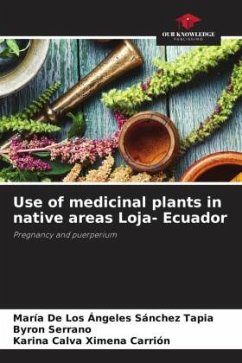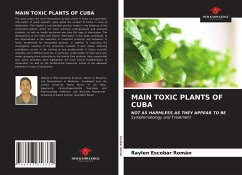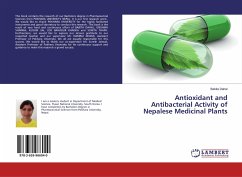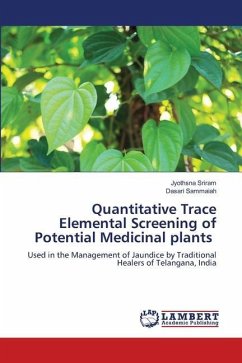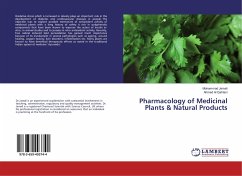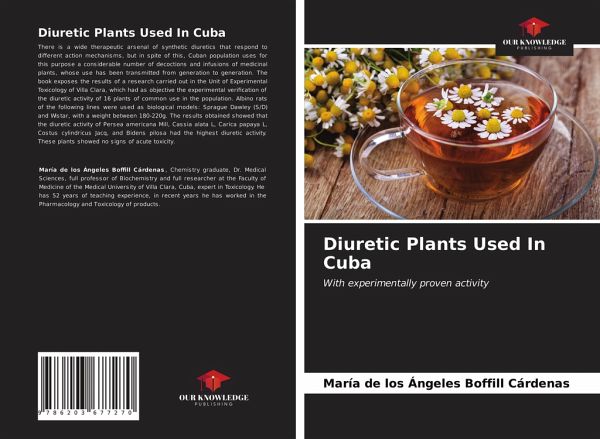
Diuretic Plants Used In Cuba
With experimentally proven activity
Versandkostenfrei!
Versandfertig in 6-10 Tagen
27,99 €
inkl. MwSt.

PAYBACK Punkte
14 °P sammeln!
There is a wide therapeutic arsenal of synthetic diuretics that respond to different action mechanisms, but in spite of this, Cuban population uses for this purpose a considerable number of decoctions and infusions of medicinal plants, whose use has been transmitted from generation to generation. The book exposes the results of a research carried out in the Unit of Experimental Toxicology of Villa Clara, which had as objective the experimental verification of the diuretic activity of 16 plants of common use in the population. Albino rats of the following lines were used as biological models: S...
There is a wide therapeutic arsenal of synthetic diuretics that respond to different action mechanisms, but in spite of this, Cuban population uses for this purpose a considerable number of decoctions and infusions of medicinal plants, whose use has been transmitted from generation to generation. The book exposes the results of a research carried out in the Unit of Experimental Toxicology of Villa Clara, which had as objective the experimental verification of the diuretic activity of 16 plants of common use in the population. Albino rats of the following lines were used as biological models: Sprague Dawley (S/D) and Wistar, with a weight between 180-220g. The results obtained showed that the diuretic activity of Persea americana Mill, Cassia alata L, Carica papaya L, Costus cylindricus Jacq, and Bidens pilosa had the highest diuretic activity. These plants showed no signs of acute toxicity.





